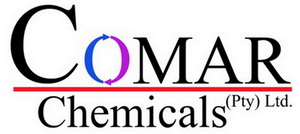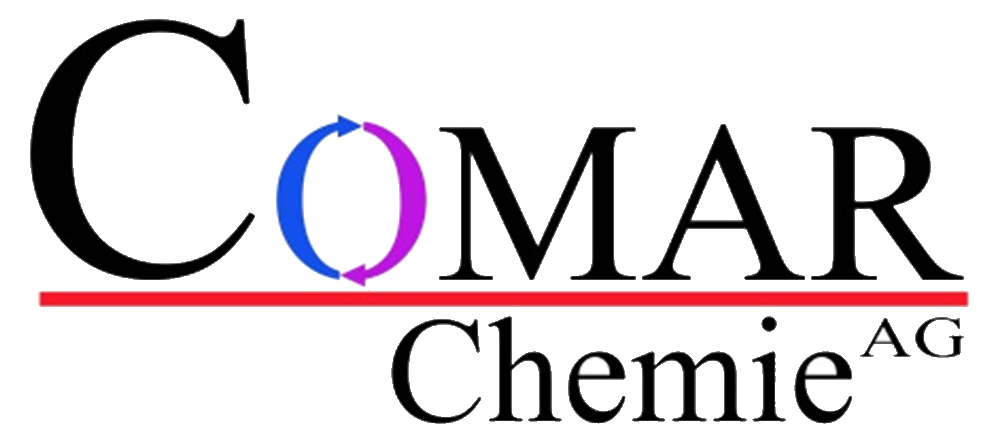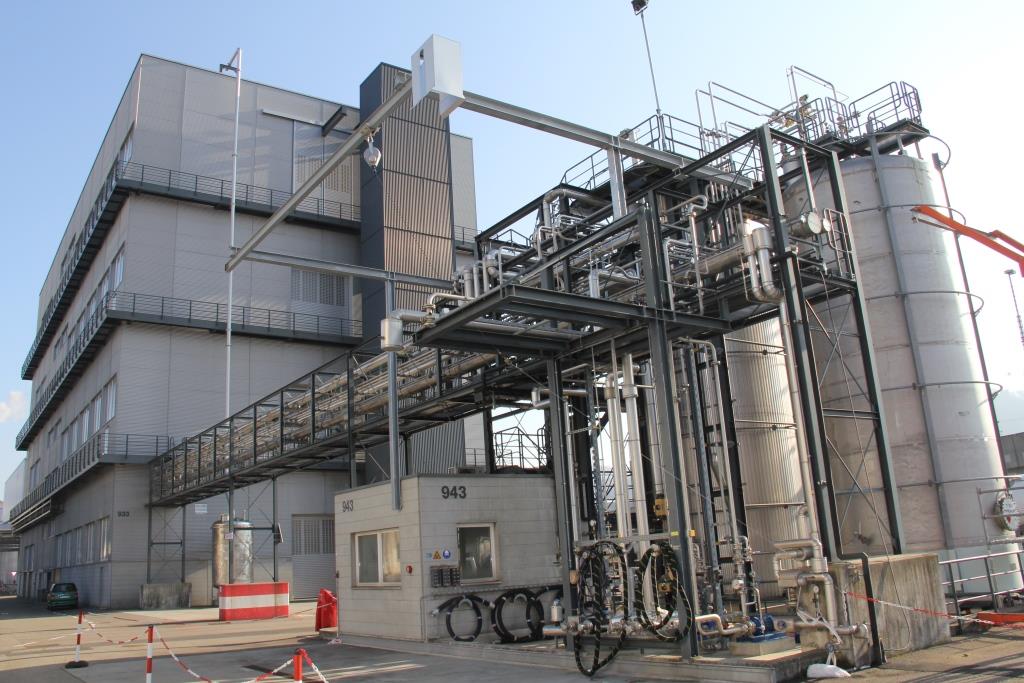Our Neodymium Finished Catalysts
Neodymium Finished Catalysts
A UNIQUE RARE EARTH FINISHED CATALYST TO PRODUCE SYNTHETIC POLYBUTADIENE WITH SUPERIOR PROPERTIES
The Product: COMCAT Nd-FC
Unlike current catalyst technologies, Comar can offer a range of Pre-formed Neodymium based liquid catalyst, that are a stable, finished catalysts, that are immediately highly active on their own, without requiring any further co-catalysts, in reacting butadiene monomers, to produce a high CIS, linear polymer, with narrow polydispersity.
The Advantages
- COMCAT Nd-FC are highly active catalyst systems, leading to a reduction in catalyst system cost, compared to conventional In-situ and Pre-form Nd catalyst systems.
- A polymer is produced with a very narrow molecular weight distribution.
- This polymer has better physical strength properties, such as higher Rebound.
- Lower solution viscosity is obtained, compared with conventional Nd-BR.
- The catalysts are stable in refrigerated storage for 12 months or more, yielding exactly the same catalytic performance and the same polymer product.
Application
COMCAT Nd-FC produces synthetic polybutadiene with improved physical properties. This makes this catalyst ideal in manufacturing synthetic rubber for radial car tires.
Packaging
- The products are supplied by seafreight by specialised T-14 or T-22 refrigerated Isotanks, that carry 16 mt at a time
- Lower quantities are available on special request
Should you be interested in investigating COMCAT Nd-FC, please make use of our customer contact form on this website, describing your company and the application in detail. Our technical sales staff will assist you.
Product Technical Data
Product Literature of COMCAT Nd-FC
![]() Typical Performance Data Sheet
Typical Performance Data Sheet
Packaging
Currently the catalyst is available in a diluted form, containing polymerisation grade hexane in 16Mt T-14 or T-22 refrigerated Isotainers (Nd concentration: 0.06 mol/l).
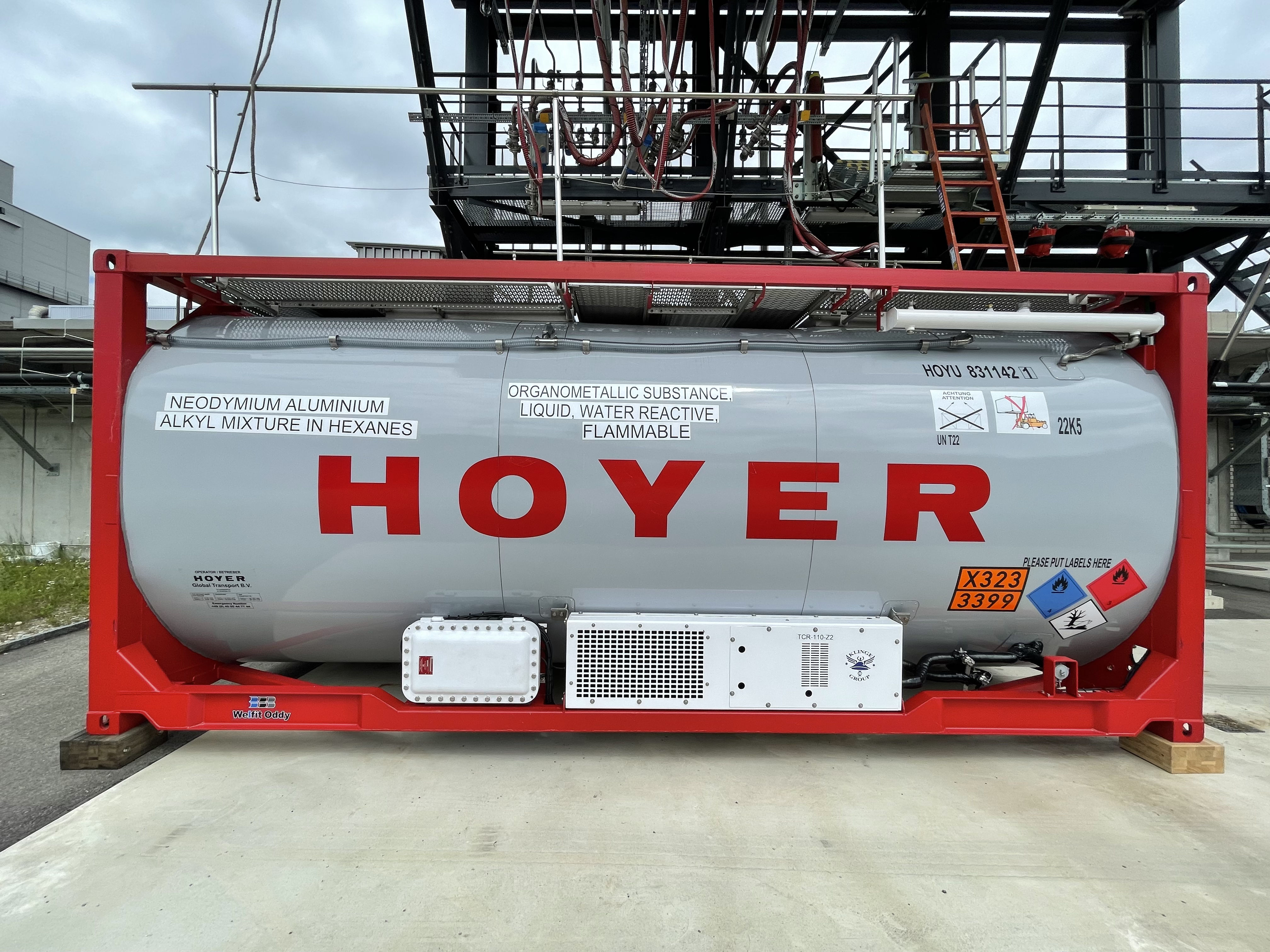
For laboratory tests:
Quantities of 1 litre are available from sample forms (1 litre canisters).
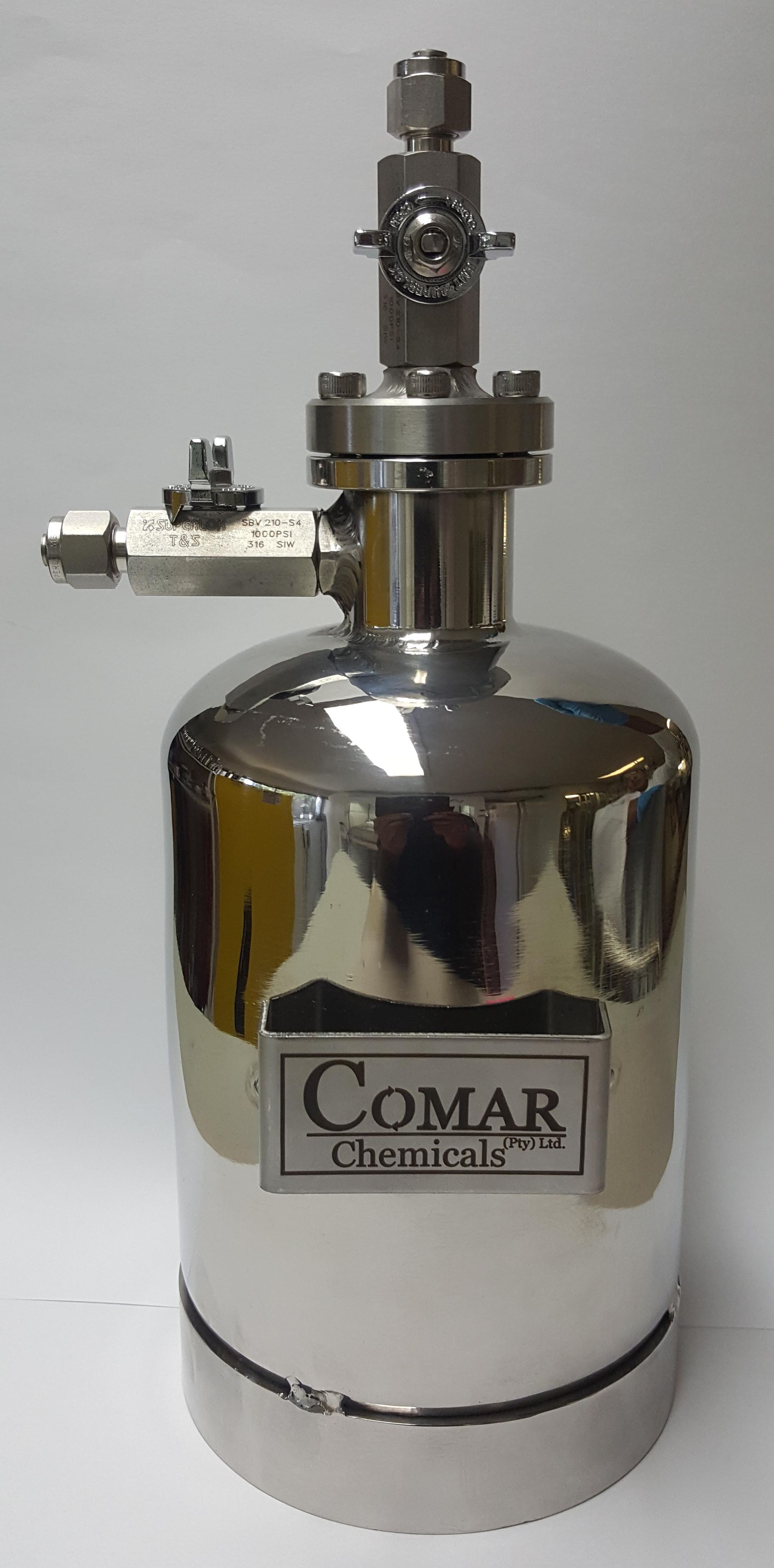
Regulatory
REACH registration for COMCAT Nd-FC has been obtained. Link to the certificate: ![]()
TSCA Registration has been obtained for the COMCAT Nd-FC catalysts in the USA.
Technical Support
Comar’s specialized technicians are able to assist synthetic rubber producers who wish to convert from outdated Ni- or Co- Ziegler Natta technology, to the advanced COMCAT Nd-FC system.
This can include:
- Detailed recommendations and procedures for laboratory evaluations.
- On-site assistance in plant trials.
- Analytical backup to verify polymer properties.
- Assistance to modify your existing Polymerisation plant for the new Nd-FC catalyst technology.
We invite you to make contact with us via our product enquiry form to discuss and explore this exciting new technology with you.


